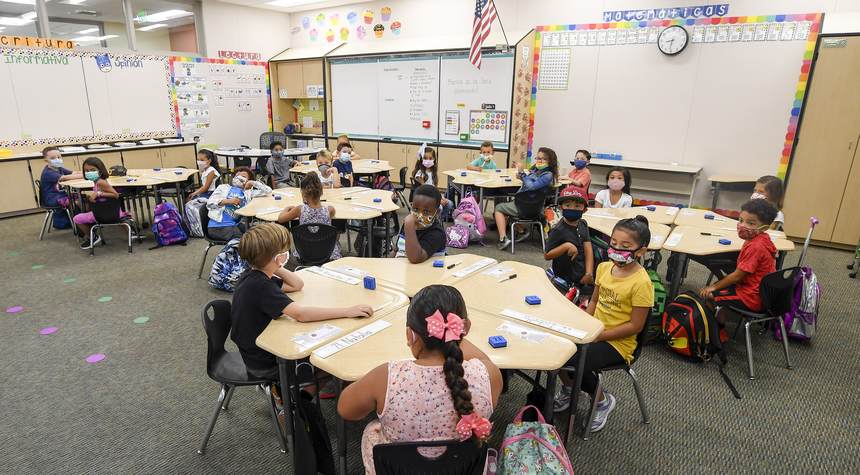The Latest News
Another Hysterical Claim Involving Kids and COVID Bites the Dust

Perhaps the most bizarre aspect of the coronavirus response was the argument about how to deal with COVID-19 children. In response to a virus statistically not dangerous to children, many districts had their kids removed from school for more than a year. There are also insane masking requirements that studies repeatedly disprove as necessary.
They were doing something, and that’s all that matters when your entire existence revolves around virtue signaling. To justify their actions, however, another argument was raised over the past few months. Children are clearly at very low risk of dying from COVD-19. However, there is a significant chance that they will get “long COVID,” as the hysterics claim. If you don’t care about “long-term COVID,” you don’t care about children.
So is that true? A new study out of the United Kingdom provides a definitive answer: Nope.
Previous ONS statistics have been widely misused, and difficult to interpret due to unavailable methods
— Alasdair Munro (@apsmunro) September 16, 2021
This is all put to bed now. Excellent, transparent comparisons with a suitable control group.
Importantly, it includes COVID cases which would be missed by NHS testing
2/
This is the most amazing statistic. The rate of symptoms in children in the control group who weren’t infected was higher than that of COVID-infected children at specific points during the reporting period (4-12 weeks).
Rates of continuous symptoms going on for 12w were also extremely low for kids aged 2 – 16y who had tested positive for #COVID19 (only around 1%)
— Alasdair Munro (@apsmunro) September 16, 2021
This was generally low across the study (3% of COVID +ve vs 0.5% of controls)
4/ pic.twitter.com/v8db0IYqVl
This exposes the fallacy many were operating under: Using symptoms that are present in children to give them the label “long COVID” even though they were never shown to be COVID-19-related, This study has shown that children can experience many of these symptoms regardless of whether they have had coronavirus infections in the past.
This is exactly the same mistake made with masks. Even though data sets consistently show that mask-mandates don’t work every time an anti-mask person gets infected, there’s a rush to blame it on the lack of a mask. Science tells us that both people who wear and those who don’t use masks are infected at the same rate. The question of spread is not addressed by the mask, just as “long COVID”, is not addressed by the question about the risk for children.
It’s not impossible for children, especially those with pre-existing conditions to experience long-term COVID symptoms. At some infinitesimal level, anything is possible. Even death. The hysterical claim of one in seven children developing “long COVID,” however, seems completely false.
This is good news for those who care about creating policy that is based on data and facts. This is not good news to those who need children to be at risk to justify their absurd measures.